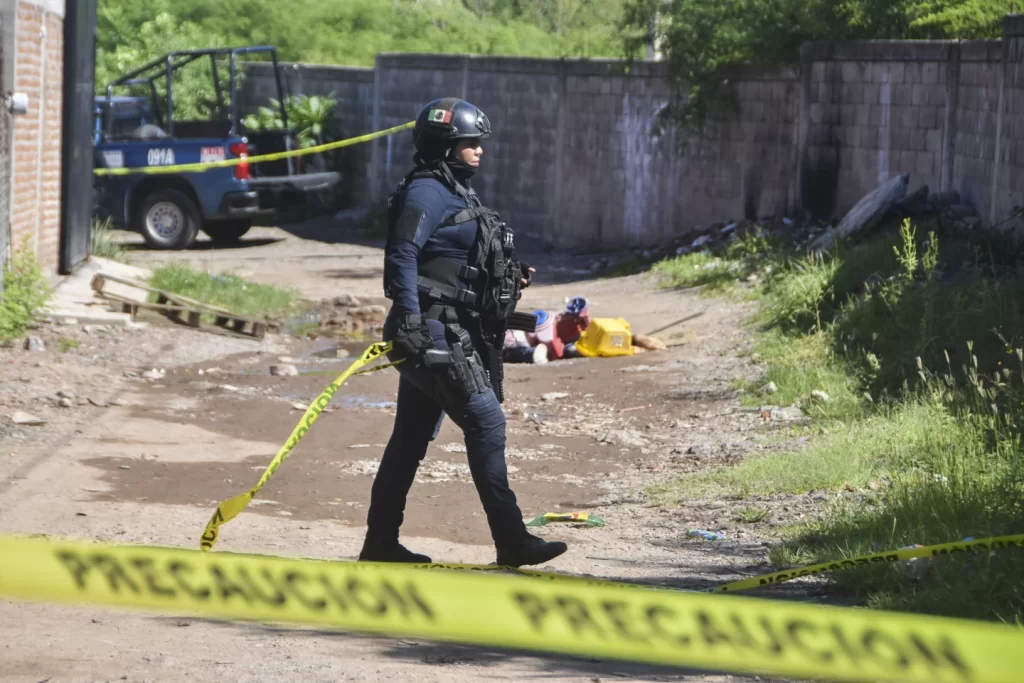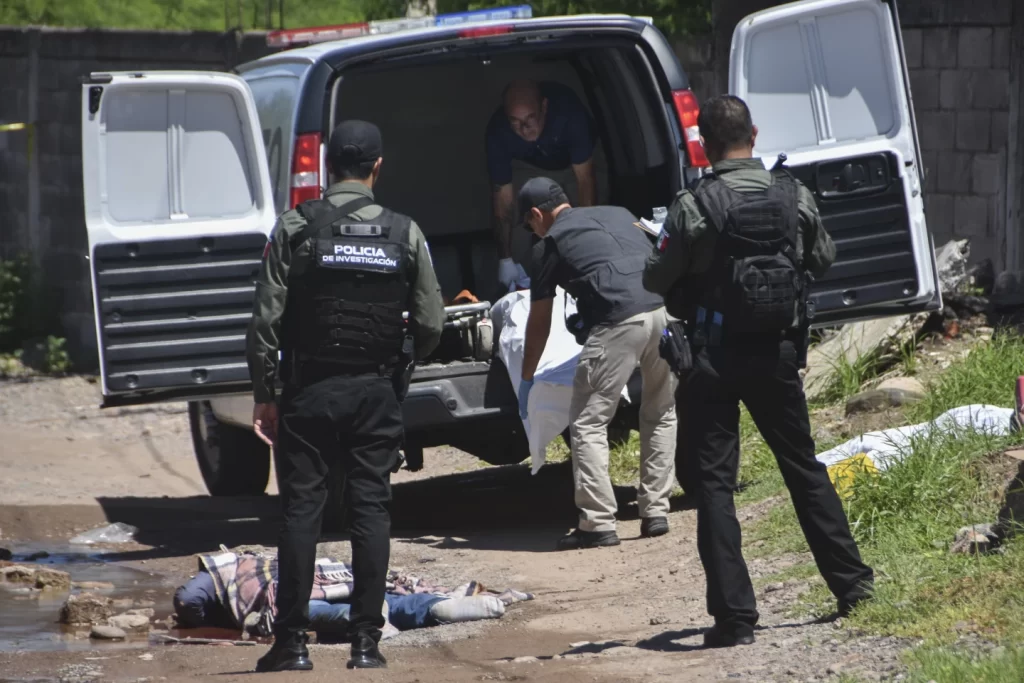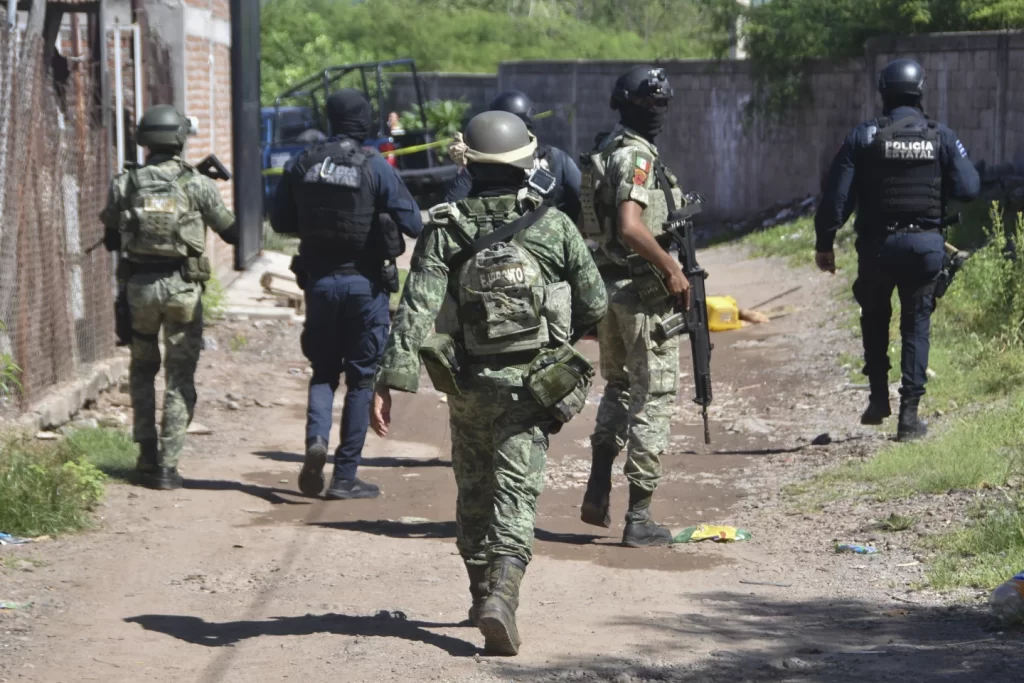Violent clashes between factions of the Sinaloa Cartel have left at least 30 people dead in Mexico’s northern state of Sinaloa over the past two weeks, Mexican authorities reported Tuesday.

Defense Secretary Luis Cresencio Sandoval confirmed that two military personnel were among those killed in the fighting that began on September 9. The violence persists despite the deployment of over 2,000 security personnel to the region.
The conflict reportedly stems from a power struggle within the cartel following the arrest of Ismael “El Mayo” Zambada, a longtime leader of the organization. Tensions escalated after Joaquín Guzmán López, son of former cartel leader Joaquín “El Chapo” Guzmán, arrived near El Paso, Texas, on July 25 with Zambada.
Sinaloa’s capital, Culiacan, has been significantly affected by the violence. Schools were temporarily closed, businesses have shut down, and public transportation has been disrupted due to residents’ fears of being caught in crossfire.

Sinaloa Governor Rubén Rocha suspended schools last week and canceled Mexican Independence Day celebrations over the weekend as a precautionary measure. Classes resumed on Tuesday.
The Mexican military has increased its presence in the area, with 2,200 additional armed forces and National Guard members deployed. Regional army commander Jesús Leana Ojeda stated that the resolution of the conflict depends on the warring factions ceasing hostilities.
Outgoing President Andrés Manuel López Obrador affirmed on Tuesday that the armed forces are working to protect the population and prevent clashes between criminal groups. López Obrador has consistently favored a non-confrontational approach to cartel violence, emphasizing social programs over military action.

President-elect Claudia Sheinbaum has indicated she will maintain her predecessor’s security policy.
The ongoing conflict highlights the persistent challenge of cartel violence in Mexico, with criminal organizations employing increasingly sophisticated tactics, including the use of improvised explosive devices, armored vehicles, and drones.
As the situation continues to develop, local and federal authorities are working to restore peace in the region while grappling with the complex dynamics of cartel conflicts.



